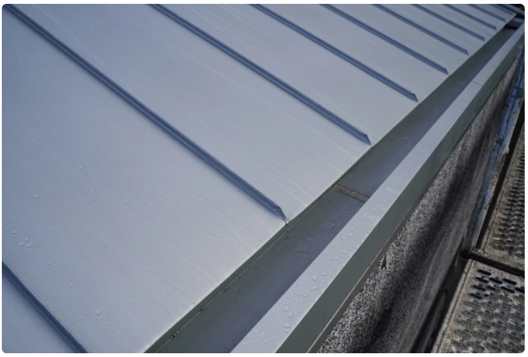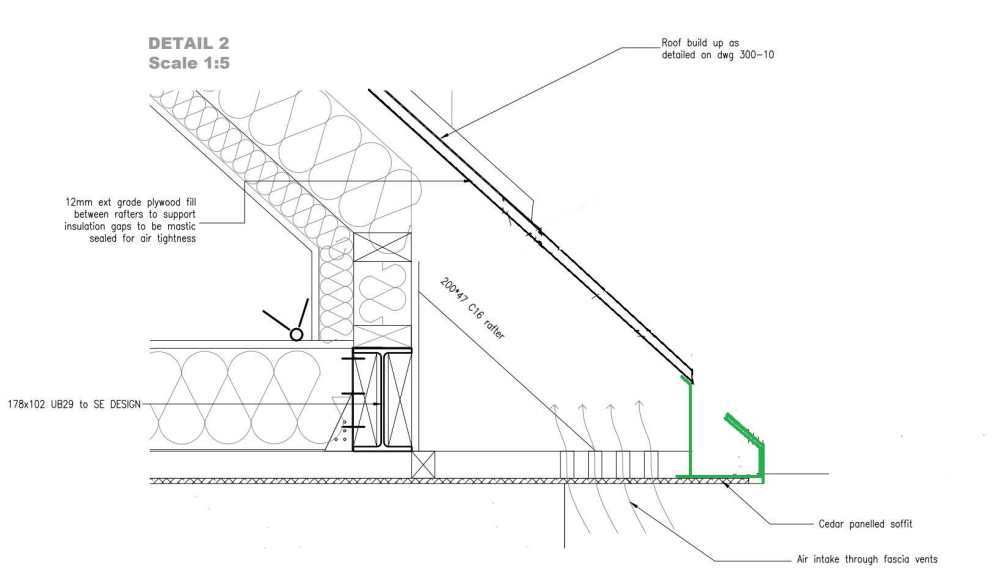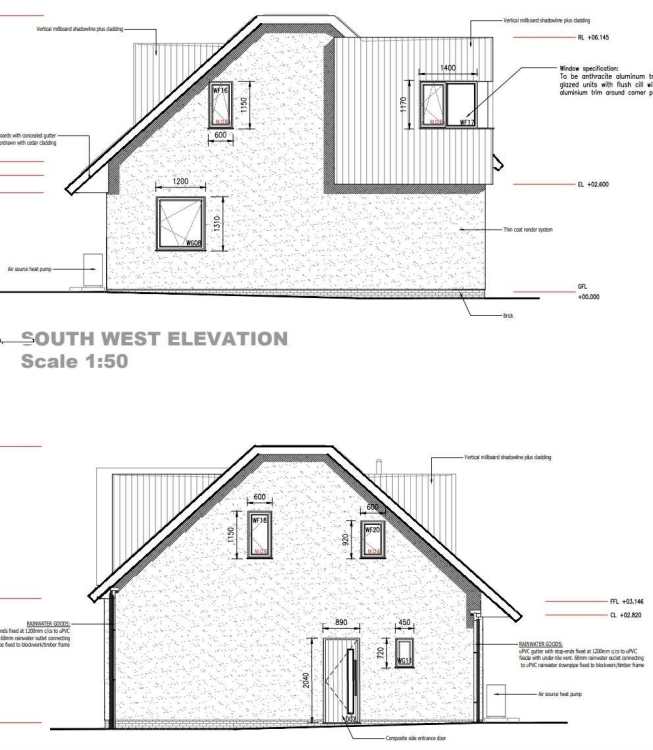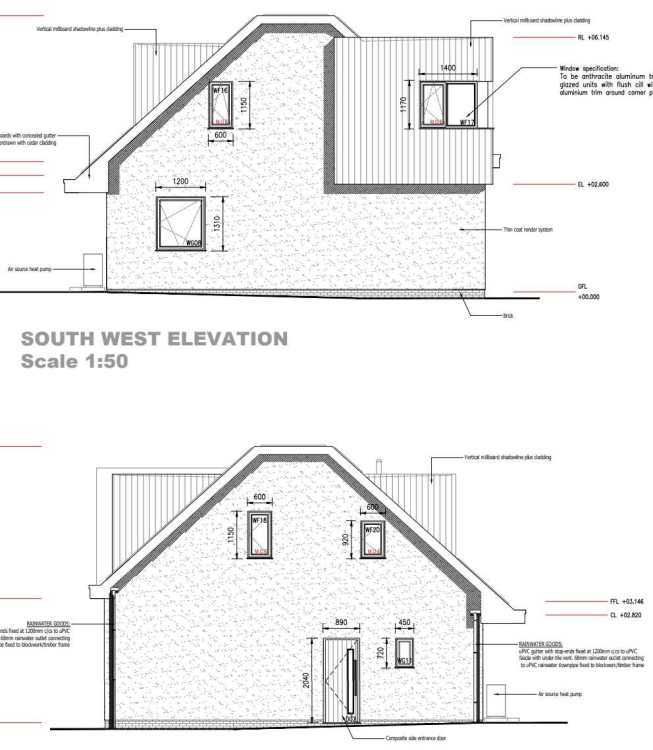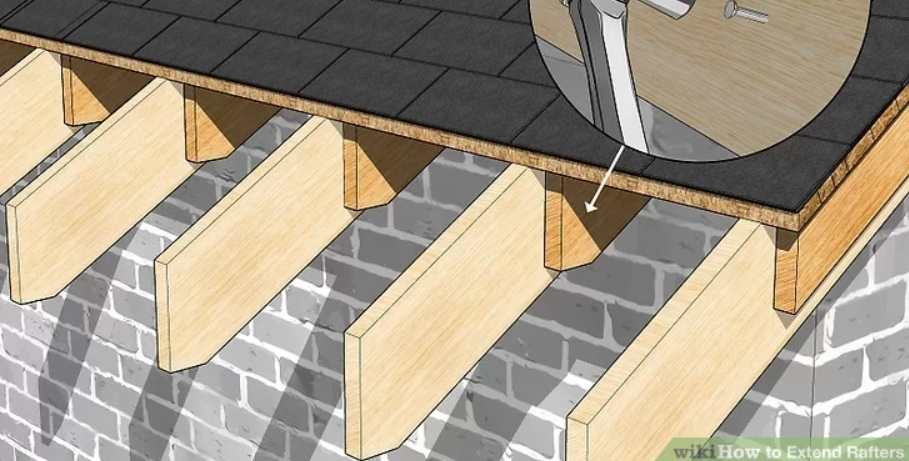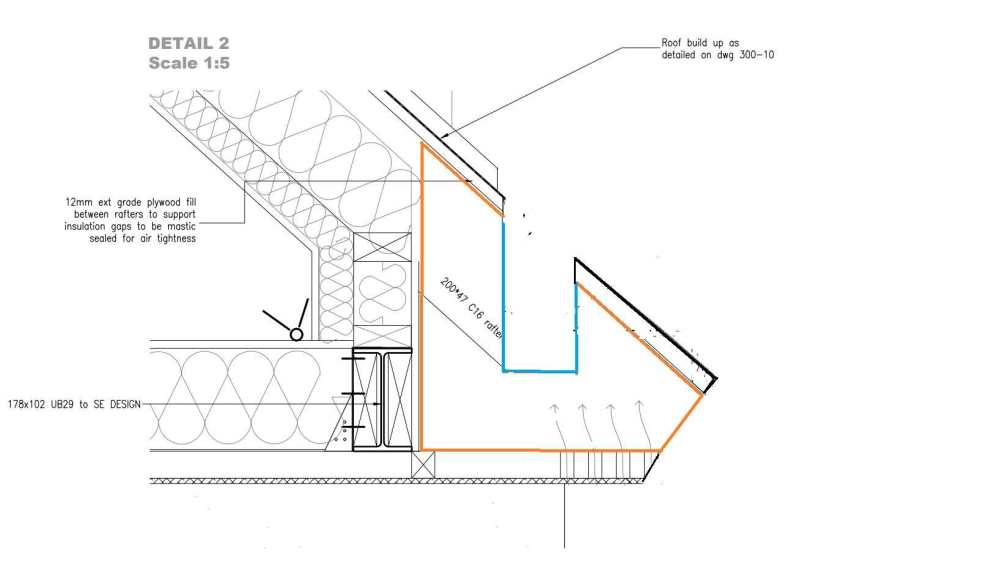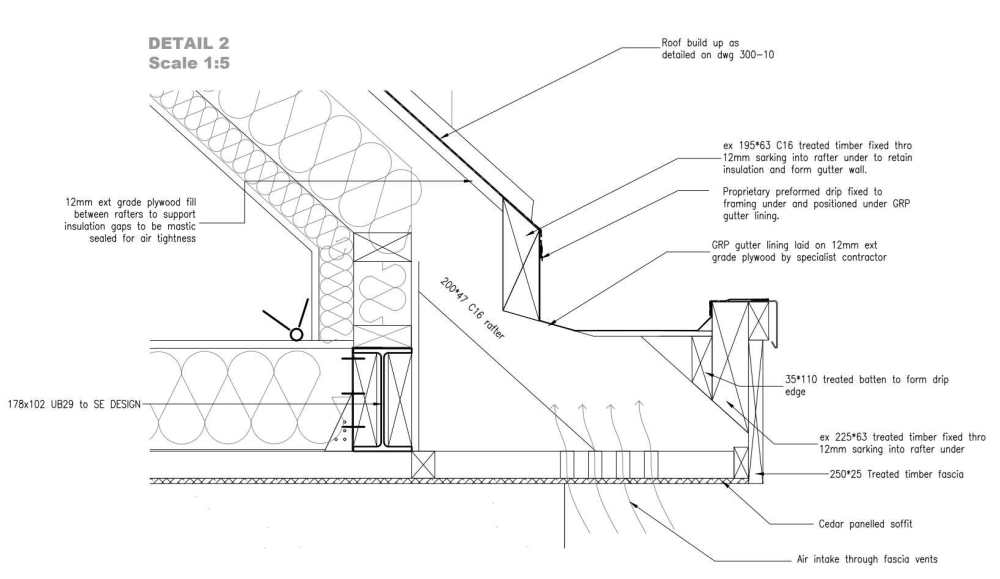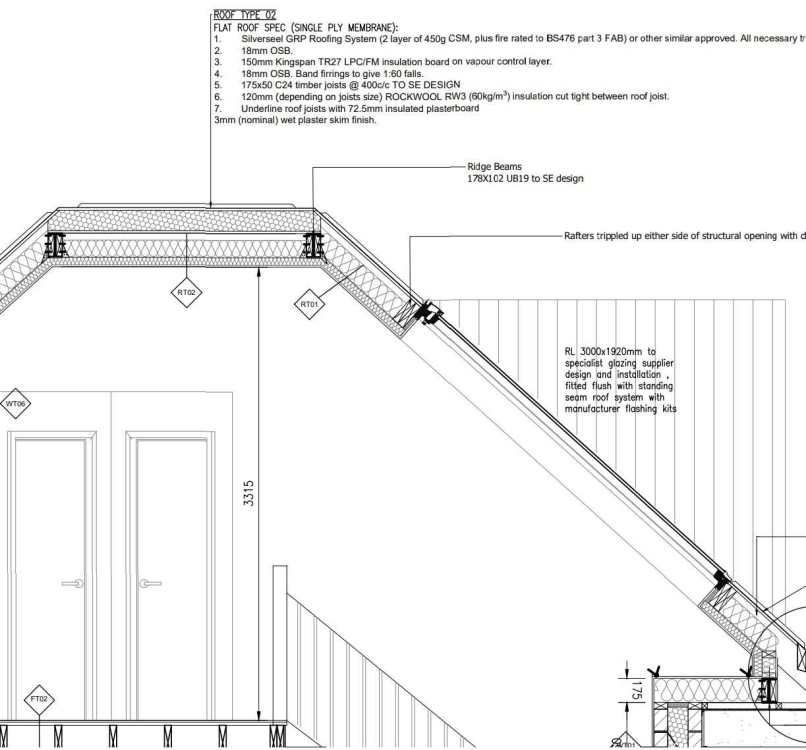-
Posts
295 -
Joined
-
Last visited
Personal Information
-
Location
Surrey
Recent Profile Visitors
The recent visitors block is disabled and is not being shown to other users.
Tony L's Achievements

Regular Member (4/5)
73
Reputation
-
What does this architectural symbol mean?
Tony L replied to Tony L's topic in Surveyors & Architects
Thanks, @Nickfromwales. I'll let everyone know how they turn out. Some time in 2027, I should think. I'm prepared to put plenty of effort in to getting the gutters right. I think a lot of otherwise good looking exteriors are spoiled by the gutters & downpipes. I've got both my downpipes on the ugly side of the house, which can't be seen from the road, due to the orientation of the house & the neighbour's huge hedge. -
What does this architectural symbol mean?
Tony L replied to Tony L's topic in Surveyors & Architects
Thanks, @torre. I think attaching my gutter solution to the plumb cut rafter feet will be less costly than cutting all the rafters. I may end up with something like this. -
What does this architectural symbol mean?
Tony L replied to Tony L's topic in Surveyors & Architects
Thanks @torre. I don't follow what you're saying, but your comment makes me think I could have aluminium bits made up to match the roof & conceal the gutter, which would be attached to the plumb cut on the rafter feet & look something like this. -
What does this architectural symbol mean?
Tony L replied to Tony L's topic in Surveyors & Architects
-
What does this architectural symbol mean?
Tony L replied to Tony L's topic in Surveyors & Architects
To me they're very different, because with my design I have a neat sloped roof panel that's at 42 degrees from the highest point to where it ends, with a gutter concealed in the 42 degrees slope. With the arch tec's first draft drawing, the gutter is tacked on to a projection from the roof edge. So the drawings show this: -
What does this architectural symbol mean?
Tony L replied to Tony L's topic in Surveyors & Architects
I think I've seen rafter ends (feet) being extended on a YT video, which I'm unable to find. Like the light coloured rafter extensions in this drawing, below, only they'd be twice as deep. Then I could end up with something like the 2nd drawing below, where the orange outline shows the added rafter end & the pale blue shows my hidden gutter. The roof is overhanging my porch in this detail drawing, by the way - just in case you were wondering where the wall is that supports everything. -
What does this architectural symbol mean?
Tony L replied to Tony L's topic in Surveyors & Architects
Yes, I'm far more concerned about airtightness than insulation (I learnt that here on BH), but should I really not worry about the cold bridge highlighted by the red line in the drawing below - so there's a direct route from the cold outside air, through some steel & plaster, to the inside of the house? + thanks for the "not doubling up on the K118" tip. I could put 60mm or so of PIR, or some other type of insulation, behind the insulated board - it would be easy to do & this in one of the few areas of the house where I don't care about losing a small amount of interior space. Would that be OK or is that a bad idea because the K118 insulated board is airtight? -
What does this architectural symbol mean?
Tony L replied to Tony L's topic in Surveyors & Architects
Thanks for that, @DevilDamo. He's made many sloppy errors all over these drawings. I'll also ask for the 72.5mm insulated plaster board, which is the only insulation running along the length of the top edge of the (over 4m long) steel beam, to be doubled up (if not tripled or replaced with something better), as think this would be sucking heat out of the house all winter long, if it were left as it is. 72.5mm Kooltherm K118 is only 60mm of phenolic + 12.5mm plaster. I don't think 60mm insulation is enough here, is it? & my brief said, "hidden gutter". What he's drawn is something that pokes out half a mile from the roof edge & is very obviously a wide gutter. -
What does this architectural symbol mean?
Tony L replied to Tony L's topic in Surveyors & Architects
I'll ask the arch tec, although I think @Nickfromwales is probably right - thanks Nick. Strange though, that there's no other lighting shown anywhere else. I asked here first, because I my list of requests for change & questions is already so long, I wanted to slim it down a little, & also do my best to understand what's going in these drawings before I go back to the arch tec to ask for changes. -
What does this architectural symbol mean?
Tony L replied to Tony L's topic in Surveyors & Architects
Another TAFKAP. Could be. The Andrew Formerly Known As Prince. My new name for him is Andy Battenberg. Being a clever chap, you will already know, @SteamyTea: his ancestors anglicised the Battenberg name because they no longer wanted to be associated with Mr Kipling's best selling cake. -
I'm checking through the drawings my architectural technician has done for me. Can somebody let me know what this architectural symbol means please? It's used in the detail drawing, below.
-
Thanks for the reminder - same probably goes for GRP, which I may end up with. I understand GRP can be very noisy as it expands & shrinks, although expansion ridges can be built in to mitigate this. My arch tec has specified phenolic insulation for the sloped roof, which I suspect is almost as bad at providing noise insulation as PIR. He's specified PIR under the GRP flat roof.
- 15 replies
-
- standing seam roof
- pitched roof
-
(and 1 more)
Tagged with:
-
What improvements could I suggest? One solution would be to put the steels lower down, so their tops are where their bottoms have been drawn. This eats into my narrow vaulted ceiling space, but it could be a price worth paying. Another solution would be to have them lower by half the height of the steel & the sloped roof joists could then have a cut in to accommodate the steel, which the joists would rest on. I don’t think we could maintain the height of the steels & move them closer to one another (even just 100mm, to allow 100mm of insulation to be added), could we? I don’t know how we’d deal with the connection of the sloping roof joist ends if we did that – perhaps just by adding blocks of C24 where we already have C24 bolted into the steel I-beam, to make the connection to each joist end. I wish I had time to draw all these ideas. Perhaps I should be aiming for a warm flat roof with up to 200mm of PIR on top of the rafters.
- 15 replies
-
- standing seam roof
- pitched roof
-
(and 1 more)
Tagged with:
-
The detail picture shows the vent at the top of the standing seam is open to the rain – not just the odd raindrop - another drawing shows that all the rain from the flat roof will drains off both long edges (14m along the front of the house, 14m along the back of the house) onto the sloped roof. Surely this detail should show the flat roof edge overhanging the top of the standing seam (perhaps right on top of the seams) – so air just vents out where the standing seam finishes & rainwater from the flat roof drips onto the standing seam 80-100mm beyond the end of the standing seam?
- 15 replies
-
- standing seam roof
- pitched roof
-
(and 1 more)
Tagged with:
-
- 15 replies
-
- standing seam roof
- pitched roof
-
(and 1 more)
Tagged with:



